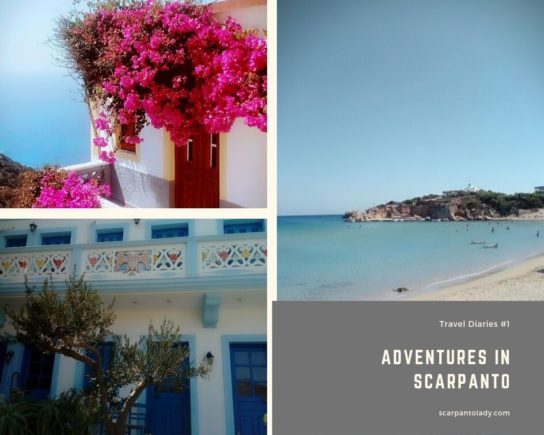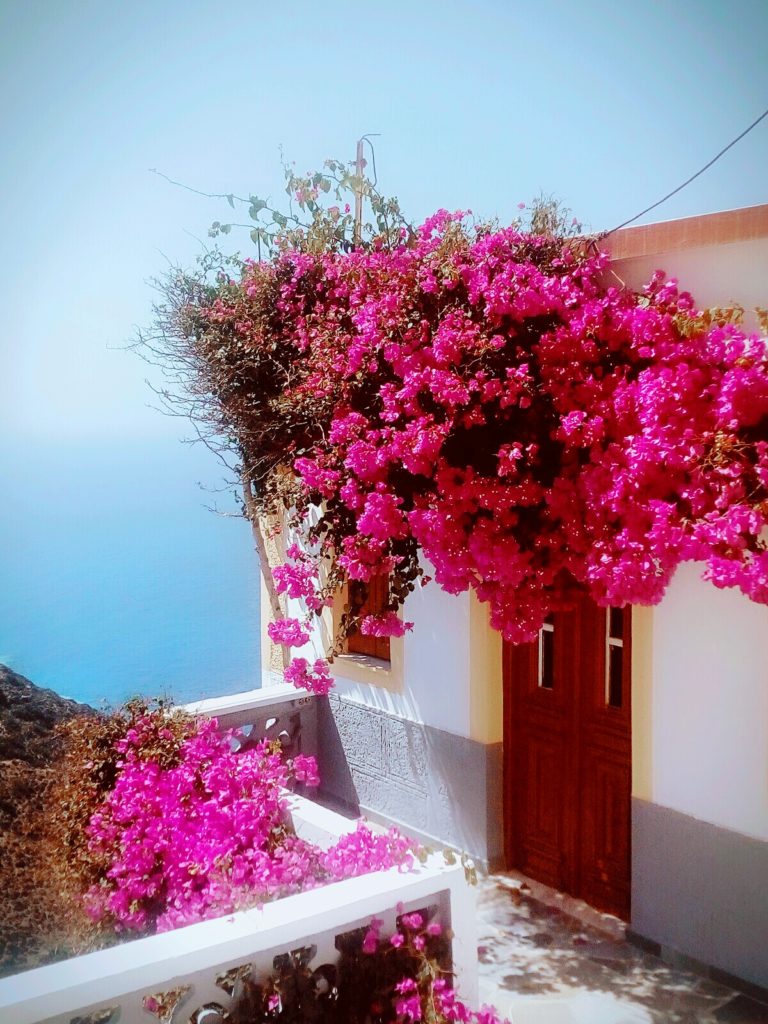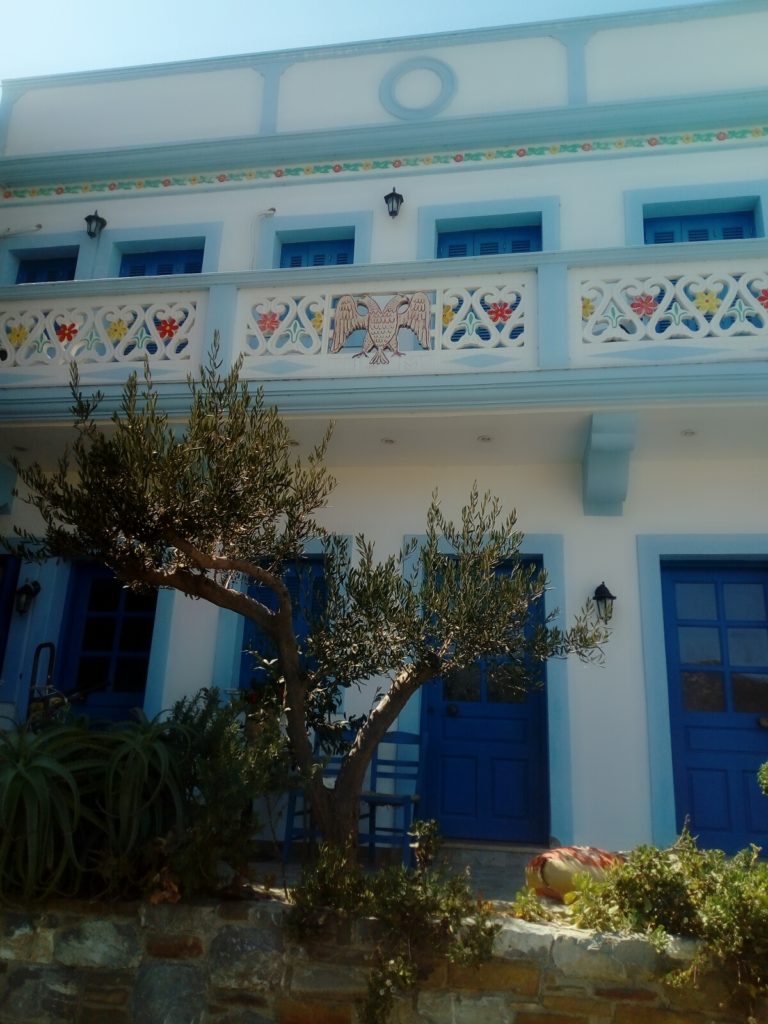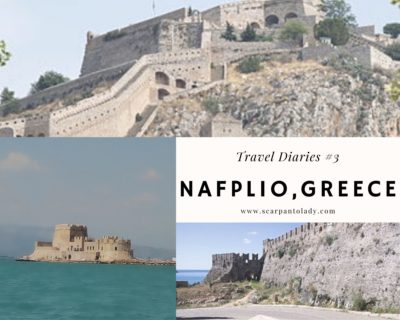Hello dear Reader and welcome back to my blog!
Having recently returned from a 5-day trip in Scarpanto I find myself still thinking about that experience. It was my first visit to the island and I have this urgent craving for discovering more. Not only the natural beauties that Scarpanto hides but also knowledge for my own geneology, as my mother’s origins lay there.
But apart from that what could be so distinctive about this island that would prompt me to name my blog after it?
Scarpanto is the second largest island of the Greek Dodecanese islands in the southeastern Aegean Sea. Due to it’s remote location many peculiarities have been preserved in dressing, customs and dialect, the later of which shares many familiarities with those of Crete and Cyprus.
The name Scarpanto was used during the Middle Ages and is still used in Italian, while the official name has been changed to Karpathos. If you are wondering why I choose to use the old name in favor of the new one it has mostly to do with my combined love for history and Italy alike.
Having a close connection with the neighbouring island of Rhodes (to which it became subject in 400 bC), Scarpanto has experienced Roman (42 bC), Genoese (1304 – 1306), Venetian ( 1306 – 1538), Ottoman (1538 – May 12th 1912) and Italian rule (May 12th 1912 – March 7th 1948) during the centuries.
Now that the basic geographic and historical infomation about Scarpanto has been provided let us dive into all the places I visited while staying there…
Pigadia
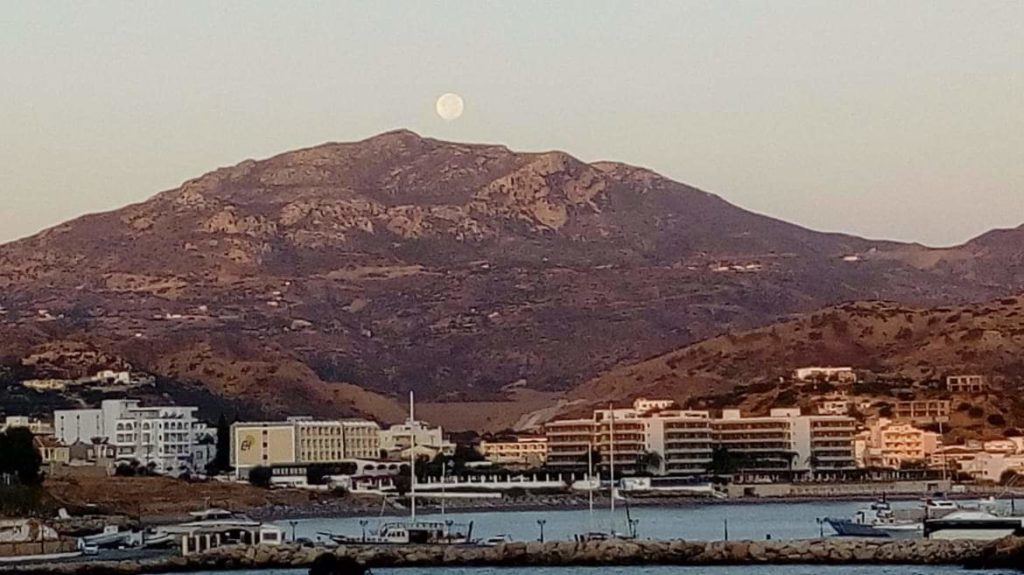
Pigadia is Scarpanto’s largest port and has been the island’s capital since 1892. Build in the same spot as the ancient Greek town of Poseidio it offers a cosmopolitan taste woven with traditionalism. I’ve had the pleasure of staying in a beautiful traditional airbnb apartment next to the port and I enjoyed talking long walks by the sea between my coffee and meals. The seaside shops are just incredible despite the not-so-reasonable prices.
Pigadia’s must include:
- Karpathos Archaeological Museum which is housed in the Administration Building
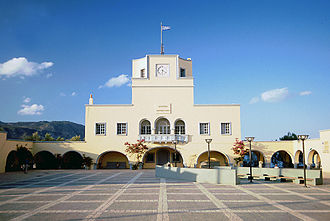
- St. Fotini, an early Christian church said to be built on the ruins of the ancient temple of Dioscuri
- a 30-minute boat journey to witness the wonders of the sea below
- enjoying authentic Italian ice cream and other sweets in Choco Gelato
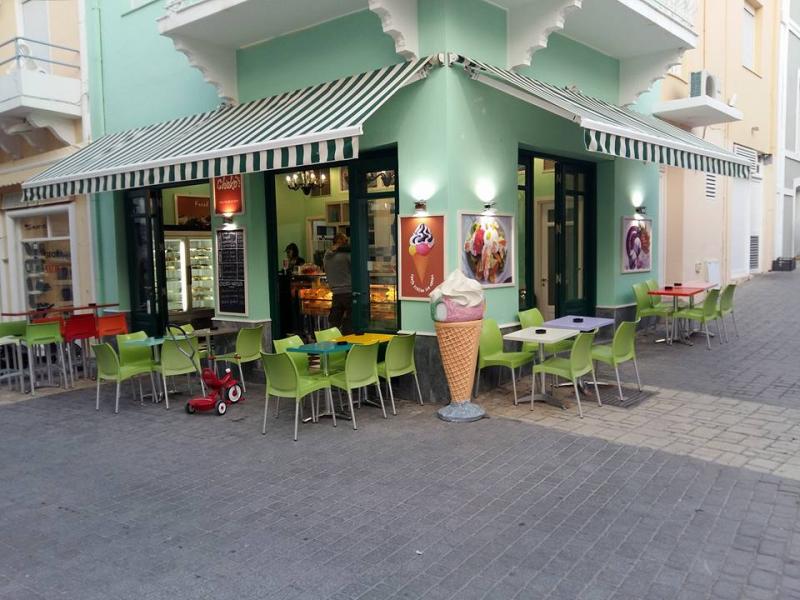
- a drink at the rock cafe-bar Boulevard of Broken Dreams
- having a meal at Uno Pizzeria (delicious food + big portions)
Menetes
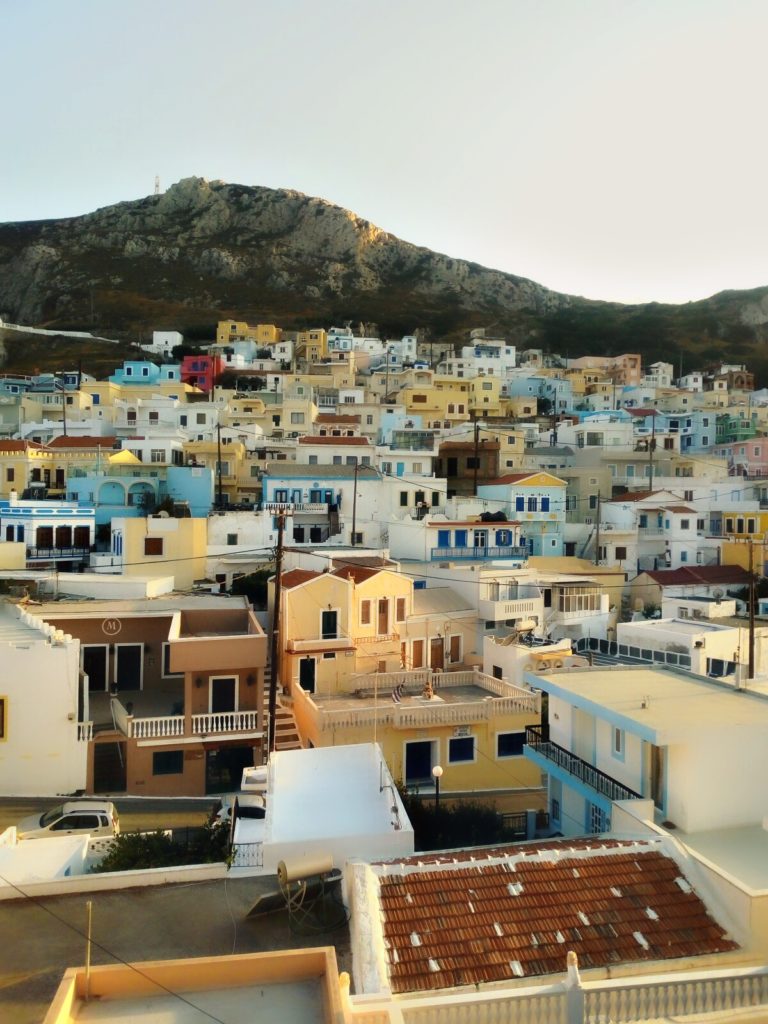
Only 8 km away from Pigadia Menetes is Scarpanto’s largest village and one of the most renowned. With the colorful traditional houses and the narrow streets it is truly a wonderful sight to behold. And I cannot hide my pride in having origins from the same village who started the rebellion against the German occupation and produced the greatest music players of the island’s history!
Menetes musts include:
- Virgin Mary’s church, built on the Holy Rock is among Greece’s most famous churches for it’s miraculous picture and offers a breathtalking view of the village and Pigadia
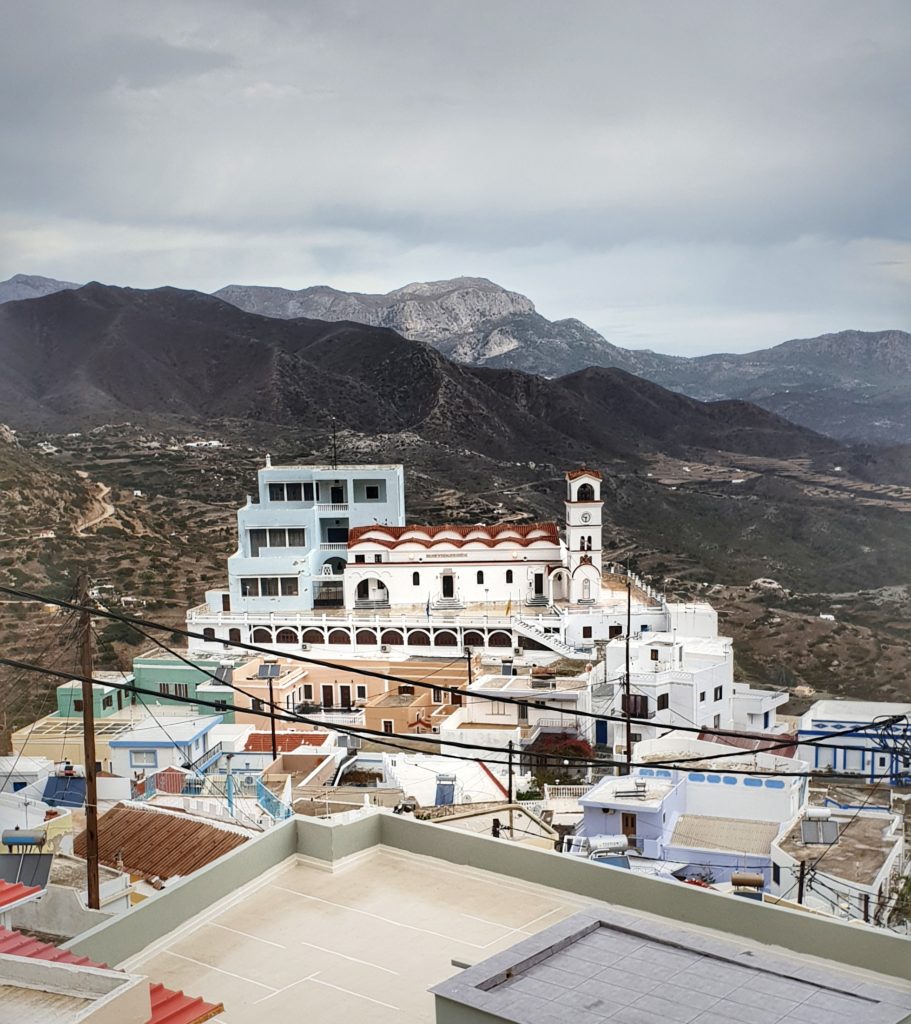
- St. Spyridon’s church on top of the village
- talking a lazy stroll through the narrow cobblestone streets
- having a meal at Perdica (try the macarounes dish which is a local speciality with spagetti and onions)

- visiting the Folklore Museum
Olympos

Having rightfuly been dubbed Greece’s most traditional village Olympos is a place I simply couldn’t miss. Positioned on top of a hill and between tall mountains this village with the colorful houses and people fluently speaking the local dialect is the epitome of Greek hospitality. Women still wear the traditional attire and hair kerchief (or tsemperi as they call it) while they sell handmade goods to local and foreign visitors alike creating an image from a time long forgotten.
Olympos musts include:
- Virgin Mary’s 16th century church
- the traditional flour mills
- Bill Xatzivasili’s museum
- Chrysovalanto’s monastery in the village entrance
Other places I visited (and you should too)
- Amoopi, located 6.5 km north of Pigadia which offers two beaches with crystal blue waters (Micro and Mega Amoopi) along with numerous options for food and stay

- Aperi, one of Scarpanto’s largest villages on a 320-meter altitude with tiled roof houses and picturesque streets
- Diafani, a tiny fishing village with a small harbour close to Olympos which offers fresh fish in it’s local taverns, a Trident fountain in it’s square and boats for excursions to Saria an island north of Sacarpanto (you should however be aware of the few accomondation choices it offers)
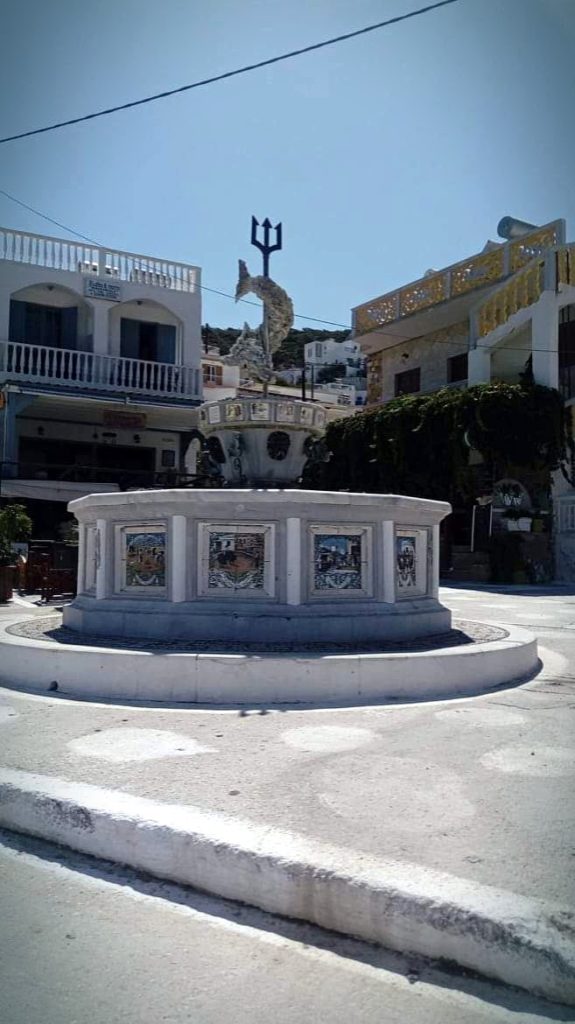
In conclusion, I think that Scarpanto is a splendid destination for both short or longer holidays. With it’s wild beauty and rocky landscapes it is the mirror which reflects a unique culture with distinctive options for entertainment and many opportunities for learning and self-improvement.
